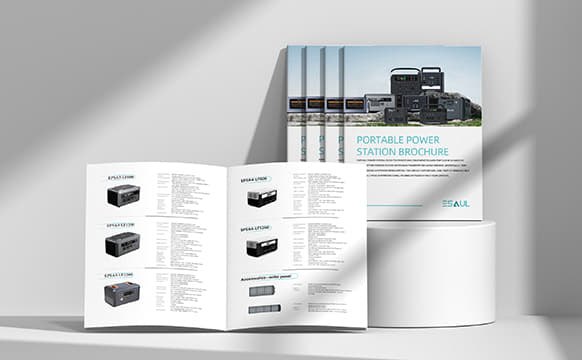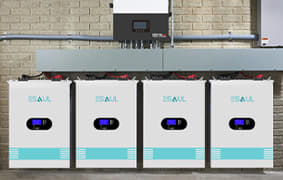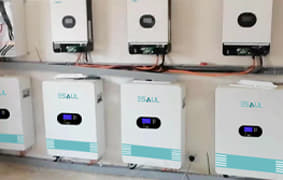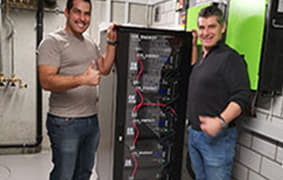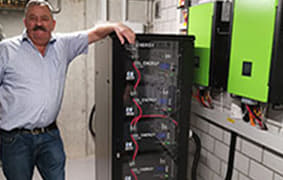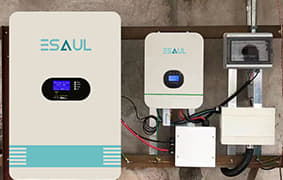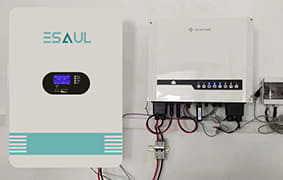Energy Storage Systems Manufacturer in China with One-Stop Service
Esaul Energy is a premier manufacturer and supplier of energy storage systems in China. Our top priority is to provide you with products that meet the highest standards of quality, delivered promptly and within your budget. Get a fast and hassle-free project estimate today! More products.
Energy Storage
Power Station
Battery
Inverter
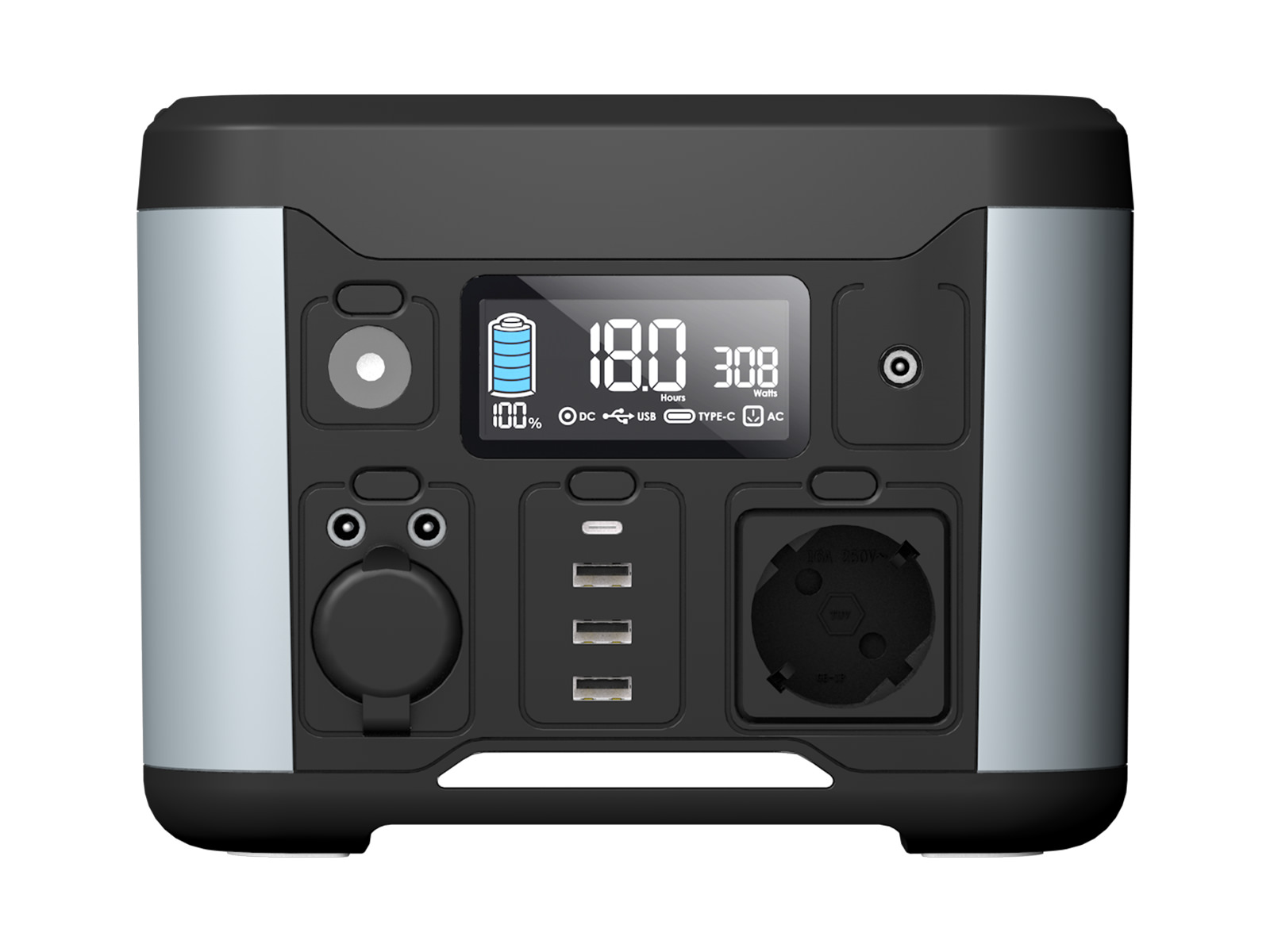
Portable Power Station

Lithium Battery Pack
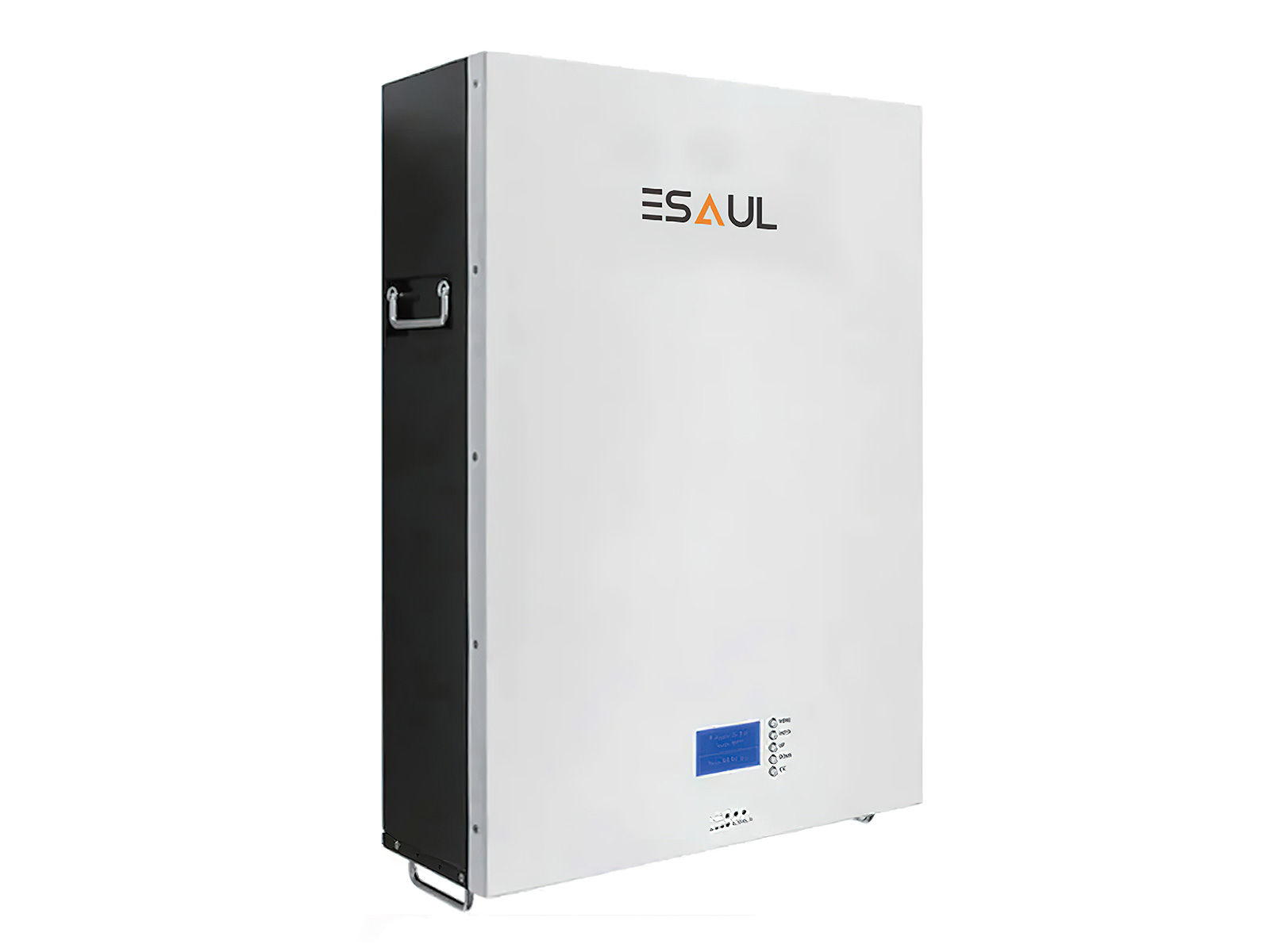
Wall-mounted Battery
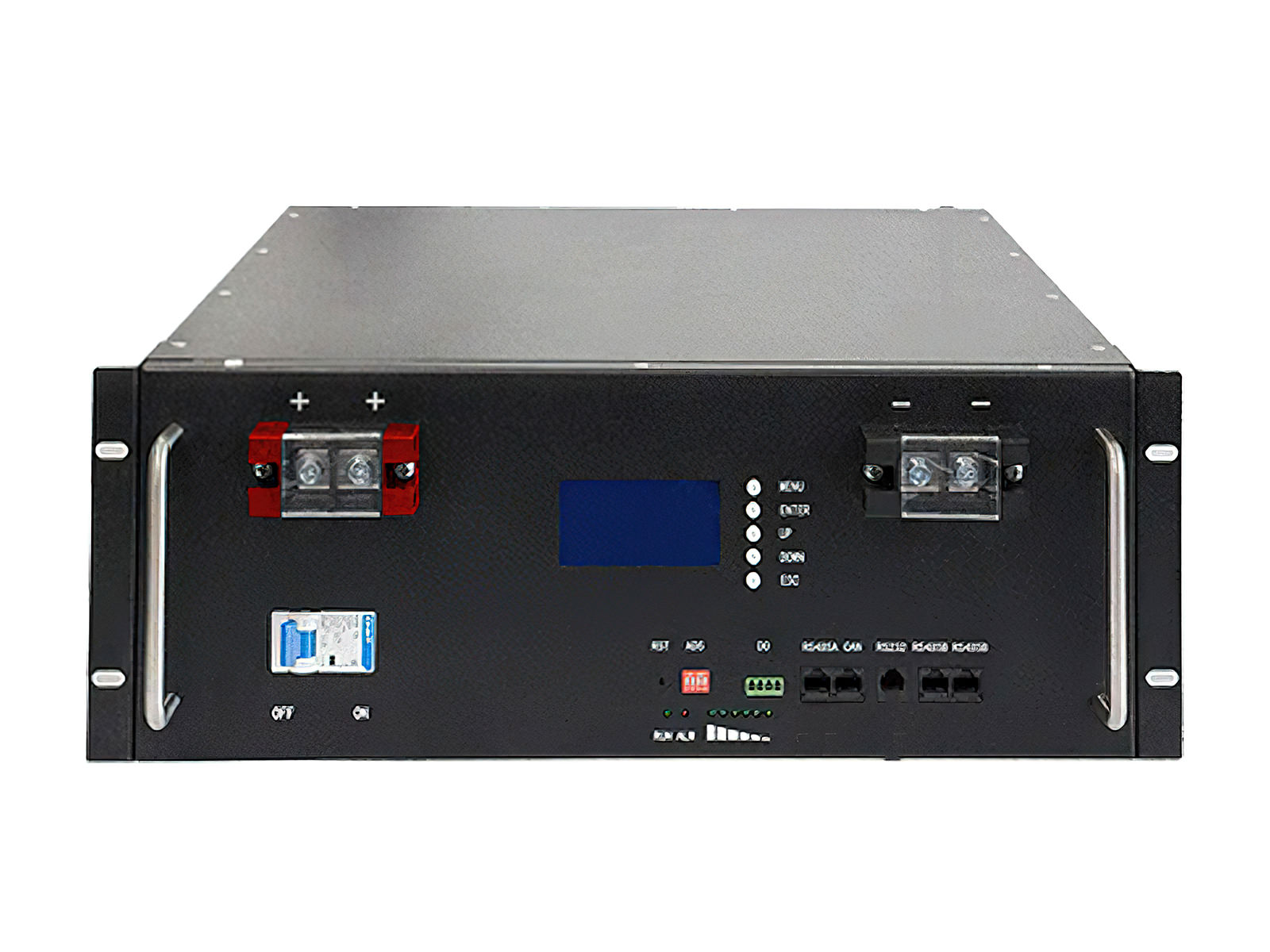
Rack-mounted Battery
Downloads
Certifications
Why Choose Us
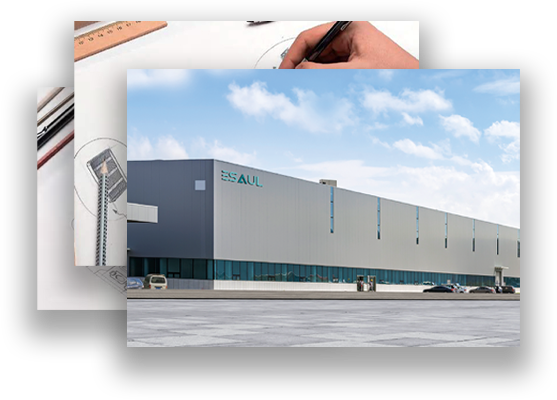
Innovation at Scale: Our 32,000+ sqm factory is a hub of innovation, ensuring every product is crafted with precision.
Global Impact: We transcend borders, providing energy solutions that span across 30+ countries, reaching every corner of the globe.
Customer-First Philosophy: Join the ranks of 800+ satisfied customers who have powered their lives with our solutions.
Financial Strength: With an annual sales figure of $120 million, trust in a company that is financially robust and future-ready.
Factory (M²)
Countries Covered
Annual Sales (Million)
Customers Served
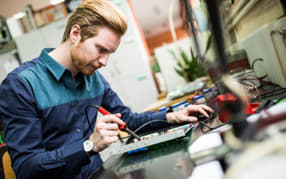
50+ Engineers
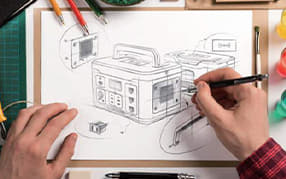
99%+ Independent Design
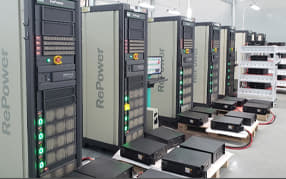
30+ Test Facilities
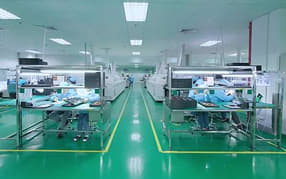
20-25% R&D Invest
Applications
ESAUL is facilities that generate and distribute electricity to meet the energy needs of homes, businesses, and industries. Our products are used in UPS, wind energy storage system, solar energy storage system, telecommunications, electrical tools, golf carts, forklifts, sweepers, marine, camping, caravans, motor homes, and backup power system.

Camping
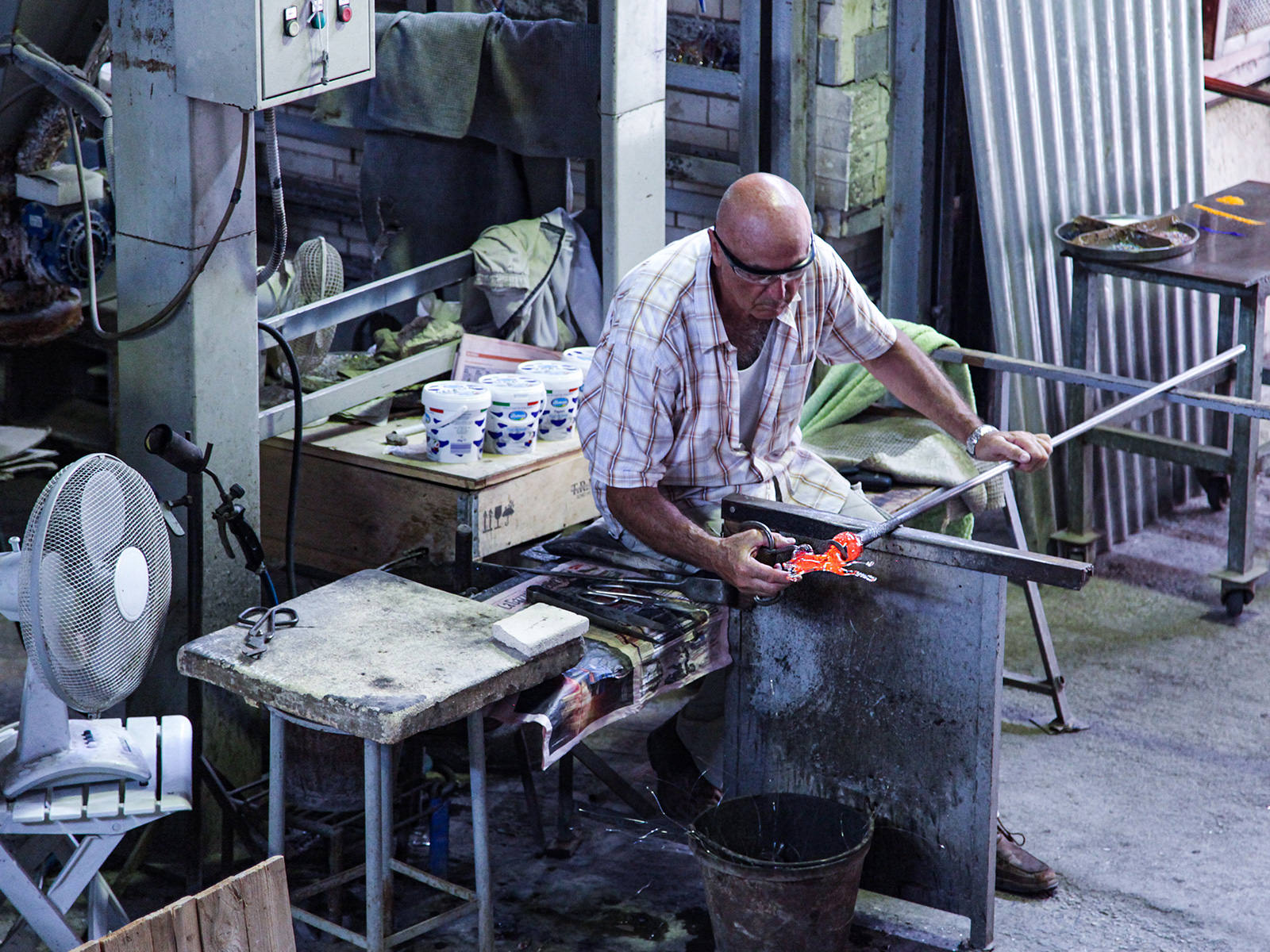
Outdoor Workshops
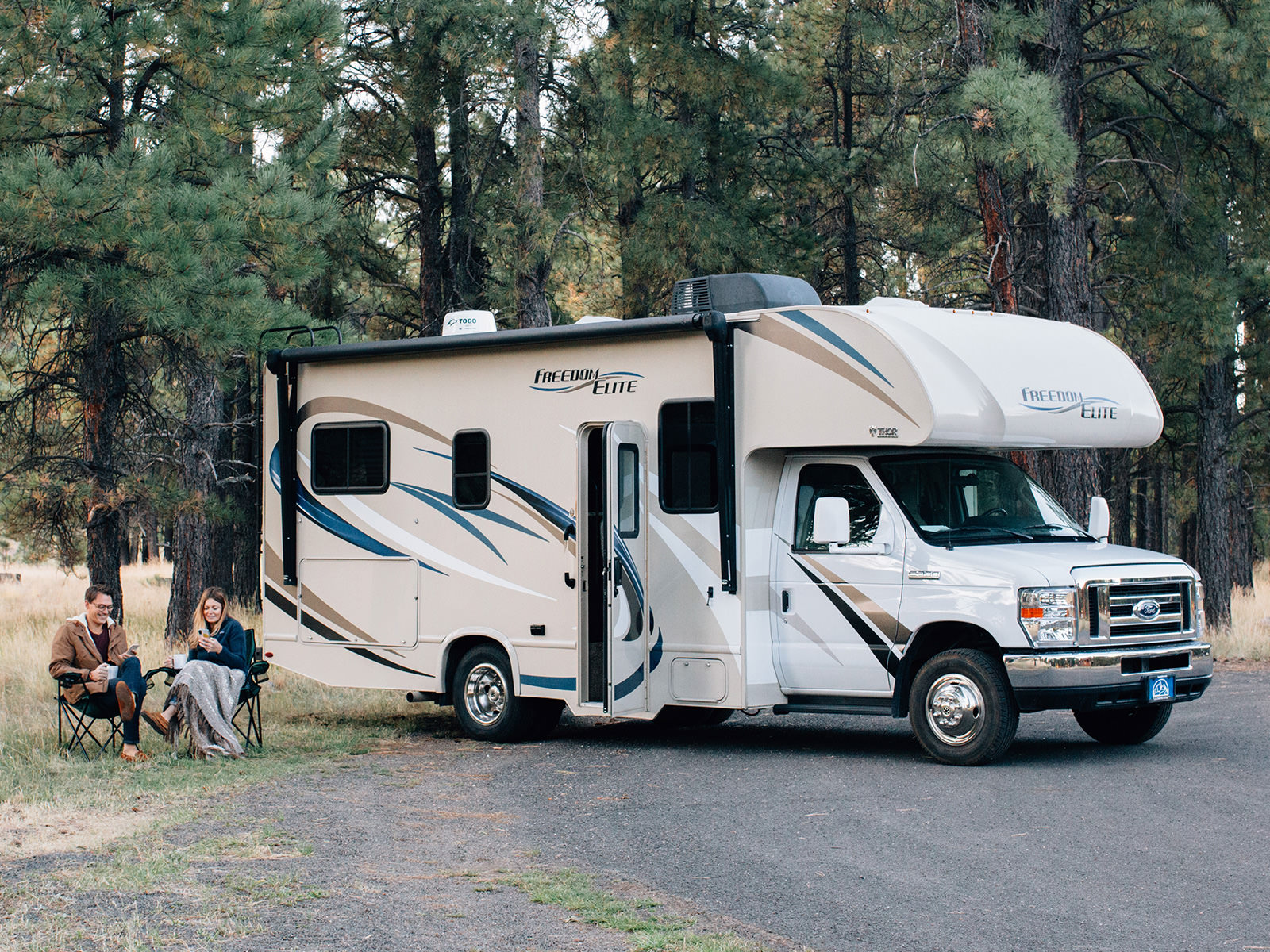
Recreational Vehicles (RVs) and Boats
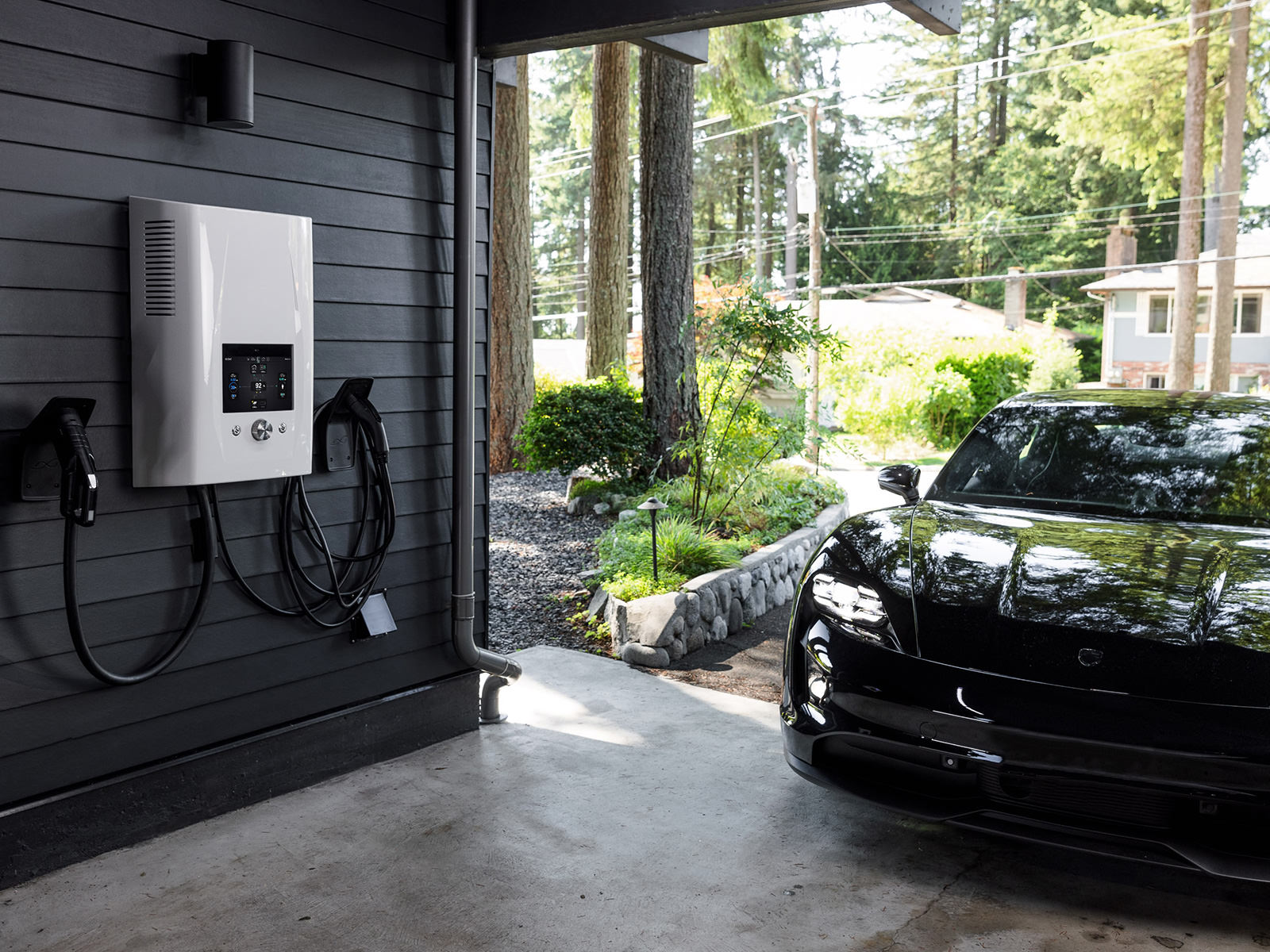
Backup and UPS
Frequently Asked Questions
What is the biggest disadvantage of a lithium-ion battery?
Despite its overall advantages, lithium-ion has its drawbacks. It is fragile and requires a protection circuit to maintain safe operation. Built into each pack, the protection circuit limits the peak voltage of each cell during charge and prevents the cell voltage from dropping too low on discharge.
How long will my lithium battery power batteries live for?
Esaul’s advanced lithium technology can achieve over 3000+ complete charge and discharge cycles while still retaining over 100% DOD (depth of discharge). After roughly 3,000 cycles your battery will still work, but it might have about 80% of its life left. At this point, a 12V 100Ah battery is now comparable to a 12V 80Ah battery.
What happens if I charge my lithium deep cycle battery too high?
If you charge your lithium deep cycle battery above 15V for 12V battery, the BMS inside the battery terminal will turn off. The cut-off voltage settings will vary slightly depending on current levels, temperature and part tolerances. To turn ON the battery again, disconnect the charging source and let the battery rest for several seconds (~30 sec) it should come on. In the event the 12V battery had voltages higher than 18V, the internal BMS is damaged and will not turn ON.
How do I choose the correct lithium deep cycle battery for my application?
In most standard 12, 24, or 48 volt systems the best choice of lithium battery is LiFePO4 (Lithium Iron Phosphate). The voltage of this type of battery is very similar to an AGM and will work great with readily available system components for your RV, boat, or off-grid power system.
If you have a device that requires a higher voltage of DC power, please email us at [email protected] and we will help you find the right battery for your application.
What is the difference between series and parallel connection?
There are two different ways of connecting batteries together to make a larger power bank.
Series Connections – This type of connection is used when you need to increase the voltage of your battery bank. Most commonly, series connections are found in 12 V systems. Your batteries will be connected from positive to negative, linking the batteries together to increase the voltage of your battery bank (see diagram below).

Parallel Connections –These connections are used when you want to increase the amperage of your battery bank. You will find these types of battery connections in all types of battery banks including 12 V, 24 V, 48 V systems. The connections in this type of battery bank are different than series . The connections on this type of battery bank go from positive to positive and negative to negative, when you connect this way, you double your amps (see the diagram below).

*If you plan to wire your batteries in series, please let us know when you place your order so we can make sure to match your capacity.
In some instances when you have a larger size battery bank, it is common to have both series and parallel connections in your battery bank
How do I size a li-ion battery bank for my system?
Sizing a battery bank for an off-grid or mobile power system can get complicated if you don’t have all the information you need to make the right calculations. You will need some basic information to get started.
You will need the maximum and continuous draw – in amps or watts – of the devices you want to power. These are usually found somewhere on the device on a sticker or plate that shows the amps and volts of that device or the power in watts.
As an example, let’s just say that our system needs to run 10 amps at 120 volts for 3.5 hours.
10 amps x 120 volts = 1200 watts of power.
1200 watts x 3.5 hours = 4200 watt-hours of energy.
Next you need to convert 4200 watts-hours to direct current (DC) amp-hours. For our example, we will use a 12 volt battery bank.
4200 watts-hours / 12 volts = 350 DC amp-hours of battery energy needed for our sample application.
Also, the battery needs to be able to deliver 1200 watts/ 12 volts = 100 amps of power.
We will use the 100 amp-hour Battle Born battery to build this system.
350 amp-hours / 100 amp-hours = 3.5
We would need to use four 100 amp-hour LiFePO4 Battle Born Batteries to power this system.
Knowledge Center
-
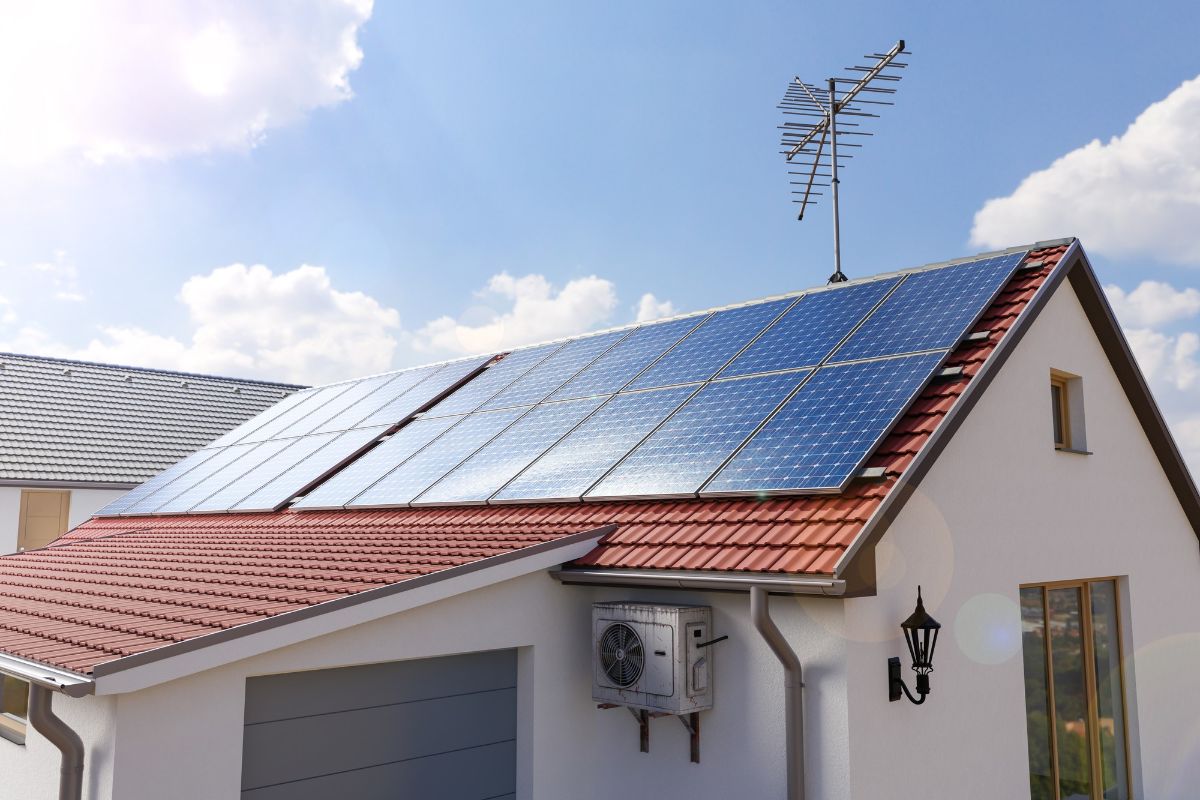
A Guide to Solar Panels for Your Home
What is Green Energy? Imagine waking up to a sunny day, knowing it’s no...
-
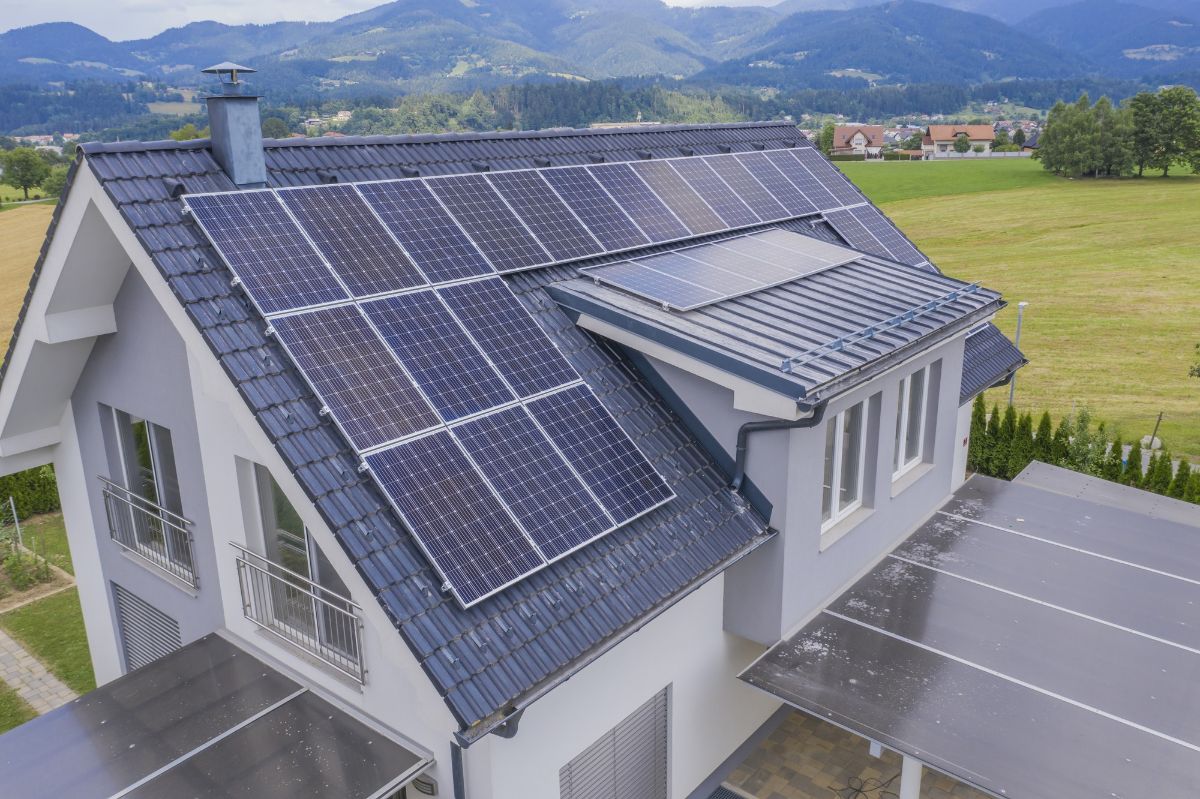
How Does Tesla Powerwall Empower Homes?
As the world transitions toward cleaner and more sustainable energy solutions...
-
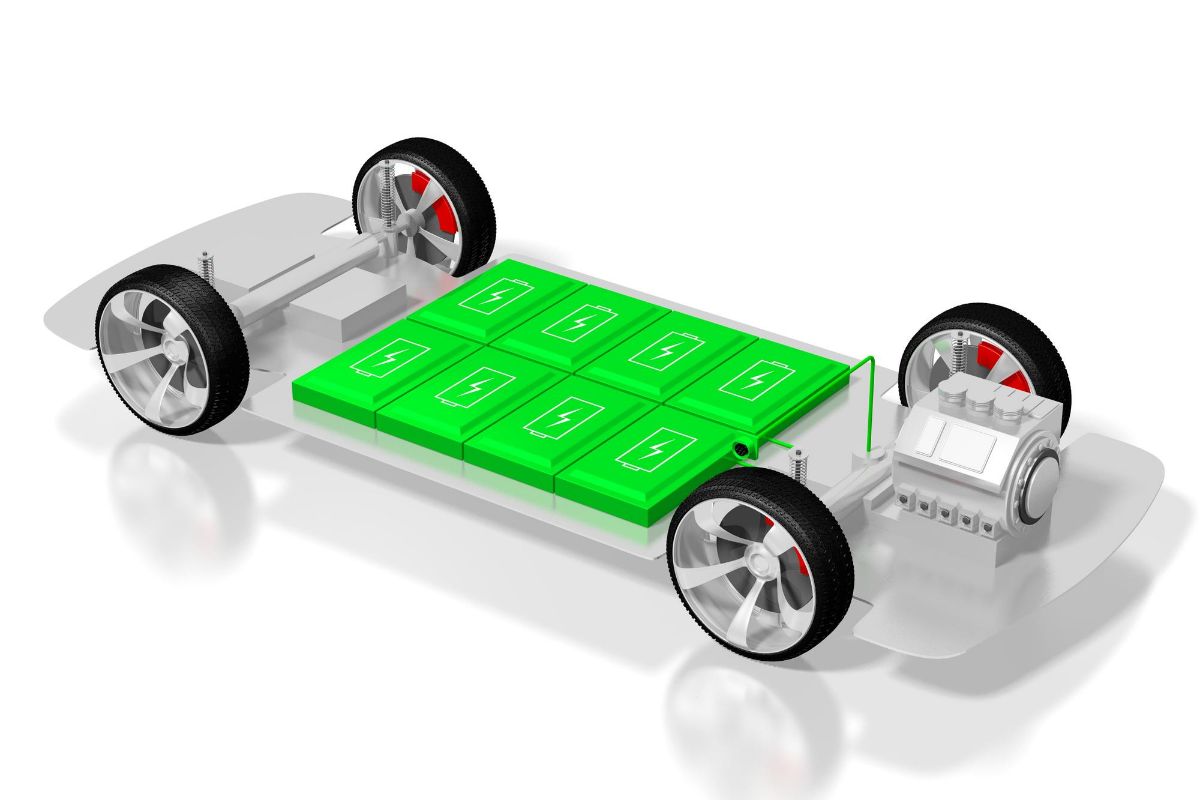
Solid-State Battery Is the Future of Electric Vehicles?
Current State of EV Batteries Batteries are the heart of an electric vehicle....
